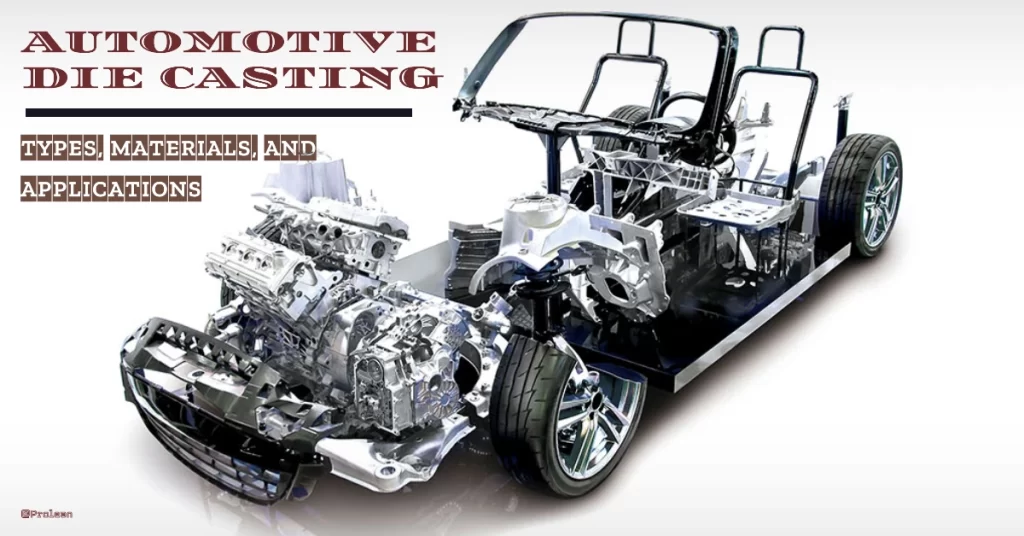
Automotive is a fast-evolving industry driving the manufacturing sector to adopt advanced technologies and cost-effective manufacturing, die casting is one of them. Automotive die casting is an efficient approach to producing engine blocks, steering elements, chassis, interior items, and other parts.
The casting process produces strong and reliable auto parts by melting and shaping the materials in the die. You can cast aluminum, stainless steel, zinc, magnesium, etc. Furthermore, we will discuss the types of casting used in automotive manufacturing, the advantages of casting parts, and some application examples.
What is Die Casting?
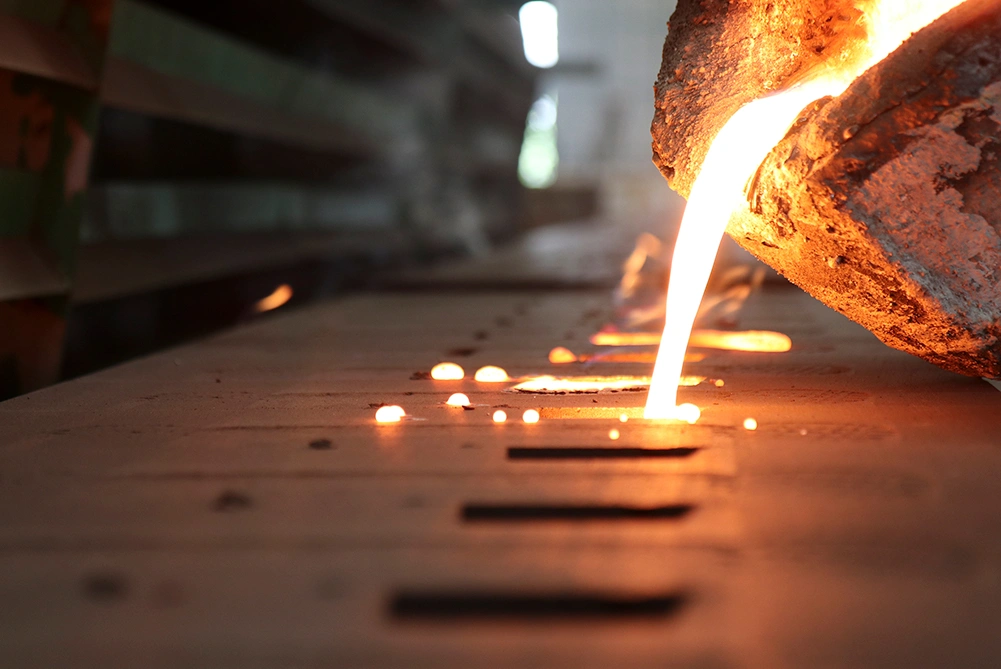
Die casting process
Die casting is the process of shaping molten metal& alloys into the shape of a die cavity by solidifications. When liquid material is poured into a cavity, it flows and captures the outline details of the cavity shape. Then, the part is ejected from the die after solidification & curing.
Since the die is the fundamental tooling, the design and die-making process is key for obtaining accurate results. The more complex the geometry of the desired part, the more challenging to make the die cavity.
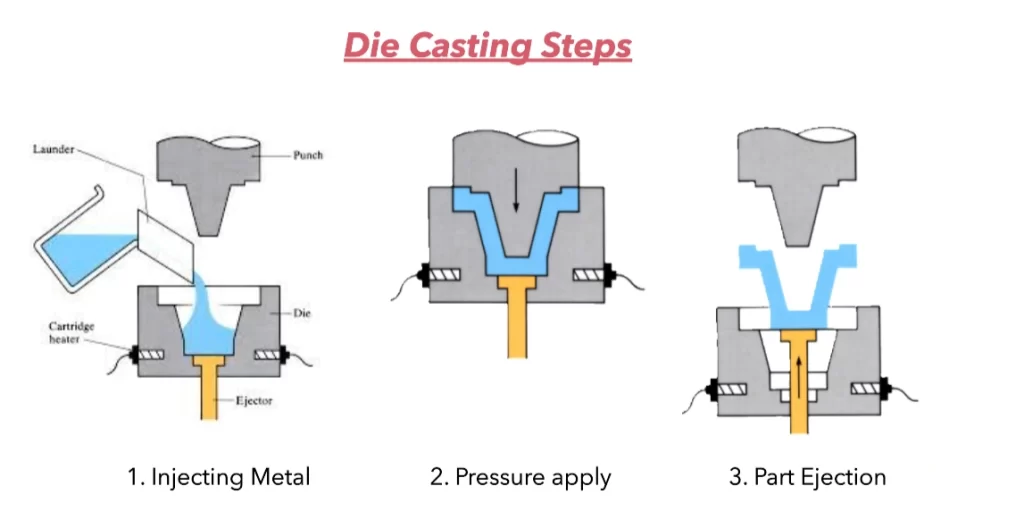
Die casting steps
Furthermore, a die is typically made with tough and high-performance materials like HSS 134, D2 tool steel, Alloy steel grades 4140 & 4340, etc. These materials provide the required toughness, thermal stability, and continuous pressure.
Why use Die Casting Automotive Parts?
The casting technology allows for the creation of complex and lightweight automotive parts in large volumes. The consistent quality parts can be made using a single die, up to a million cycles So, it also reduces the per-part cost without compromising the quality,
Machining and other conventional techniques often struggle to make small and intricate features like thin walls, sharp corners, integrated threads, complex curved profiles, etc. But, you can die-cast auto parts with these kinds of features. For example, engine block and turbocharger housing.
Try Prolean Now!
Die Casting Methods for Automotive Manufacturing
Both hot chamber and cold chamber die-casting methods are used for automotive applications. Additionally, other sub-types like gravity and vacuum die-casting. Let’s elaborate on these methods in brief;
Hot Chamber Die Casting
The hot chamber automotive die casting involves a mechanism for melting the raw metal attached to the machine. A gooseneck mechanism is used for this. It reduces the time of transferring the liquid material( charge) from a separate furnace to the die cavity and avoids the risk of premature solidification.
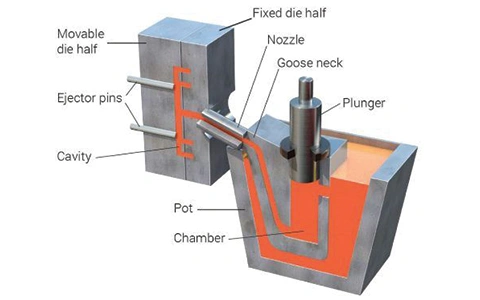
Hot chamber die-casting process
Next, pressure is applied until solidification, resulting in tough and structurally intact auto parts. The hot chamber process is popular for casting metals with low melting points, such as aluminum, zinc, copper, etc.
Cold Chamber Die Casting
Unlike a hot chamber, it involves transferring the material from the external heating furnace to the casting die, which can be done either manually or automatically. This allows for casting stainless steel, cast iron, and aluminum alloys with high melting points.
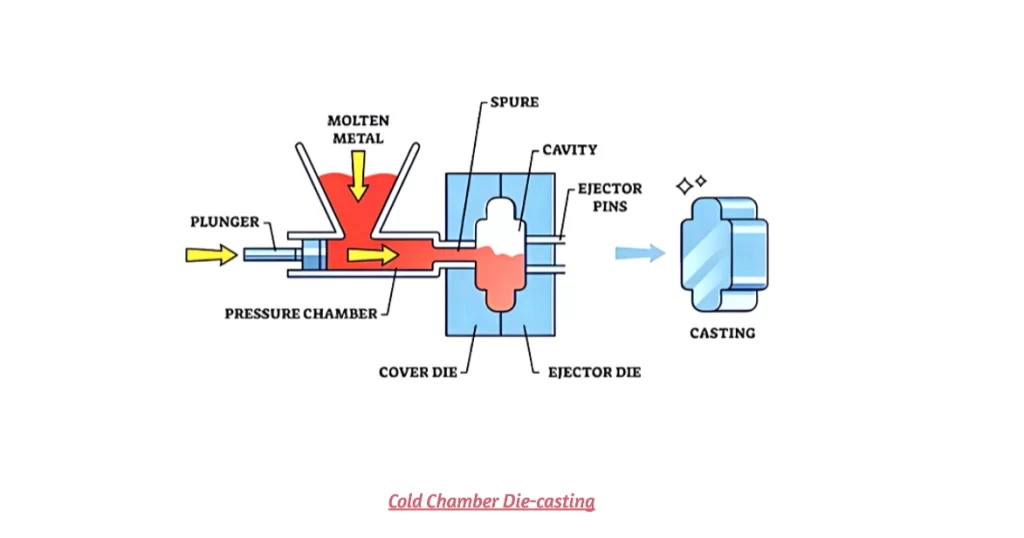
Cold chamber die-casting
Next, the pressure inside the die during solidification can reach up to 150 MPa in cold chamber casting. This pressure makes the vehicle parts more denser and precise.
Other Types
- Gravity Die Casting: It is defined by the pouring & solidifying of the liquid charged with no pressure, but using gravity. Ideal for large-sized automotive die casting.
- Vacuum Die Casting: The casting of metal parts in die under vacuum conditions. It reduces the porosity, voids, and other issues related to air entrapment.
Automotive Die Casting Metal and Alloys
Next, which metals and alloys can be processed with die-casting to make vehicle parts? Aluminum, zinc, and magnesium and their alloys are the main material options for this.
Aluminum Die Casting
Aluminum is a lightweight metal that can be cast into durable parts for cars, trucks, buses, and other vehicles. The common alloy grades for aluminum die casting are A360, 380, 383, 413, 518, and B390.
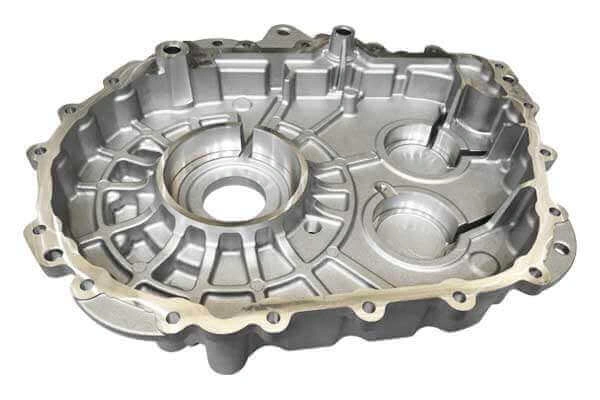
Aluminum auto part
The thermal conductivity of aluminum facilitates uniform solidification and produces strong automotive die casting products.
Zinc Die Casting
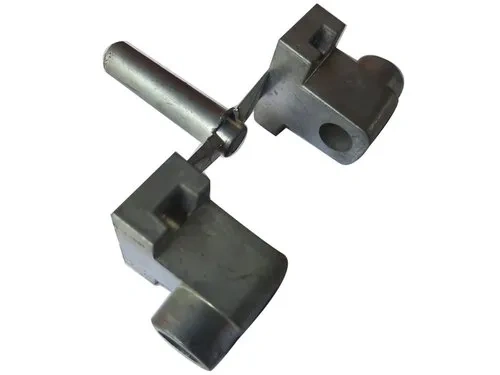
Zinc die-casting part
Zinc is another popular material in automotive die casting. Different Zamak series zinc alloys(grades 2,3, and 5) are compatible and they are popular for complex automotive die-casting parts. Consequently, die casting manufacturers preferred zinc-aluminum alloys with higher aluminum amounts for car components, such as ZA-27, ZA-12, and ZA-8.
If you are more interested, you can read about zinc die castings in detail here.
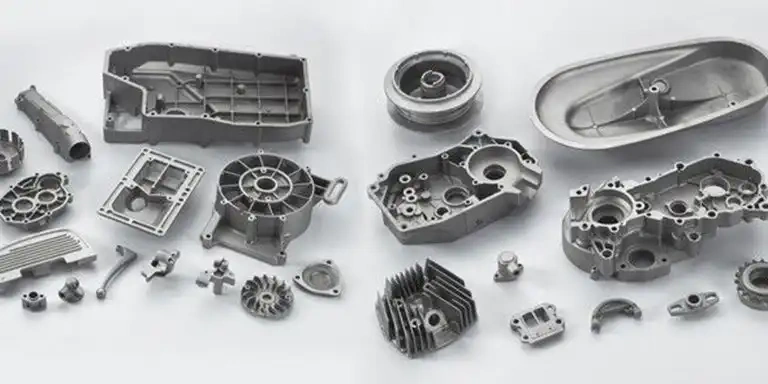
Die-casting magnesium parts
Magnesium is popular for lightweight vehicle parts, it has a significantly lower density than aluminum automotive components( 35 % less weight approximately) and does not compromise the mechanical strength. Additionally, the high thermal conductivity of magnesium alloys reduces the cycle time, and heat transfers course uniformly during the casting process.
Magnesium parts are resistant to rust and degradation like zinc and aluminum and last for several years. Steering columns, oil pins, wheels, and other various items are made with die-casting magnesium alloys.
Try Prolean Now!
Benefits of Die Casting in the Automotive Industry
The first and foremost benefit is the production of lightweight die casting automotive parts, which are critical for fuel efficiency. Auto businesses always strive to make more efficient cars (or other vehicles) that give high mileage and compete best in the market.
Let’s overview some key benefits and why auto manufacturers are turning to die-casting for their supply;
- Complex Parts: Die casting is a flexible manufacturing technique, from casting size to the geometrical complexity of the design. For example, gearboxes, and engine blocks.
- Low Emission: Especially aluminum die casting has a lower CO2 emission than other metallurgical shaping methods. So, it helps to minimize the environmental effects of automotive production.
- Production Efficiency: Die casting has shorter product cycles and that can be further reduced with automation. Additionally, the die withstands hundreds of thousands of production cycles with minimal repair.
- Cost-effective: Reusable die, minimal material waste, and high production efficiency make die casting a cost-effective method for auto parts manufacturing.
- Structural Integrity: The produced parts are strong and do not lose any original material properties( physical, mechanical, thermal, etc.).
- Smooth Finish: The continuous casting pressure during solidification produces a smooth surface finish.
Automotive Die Casting Applications
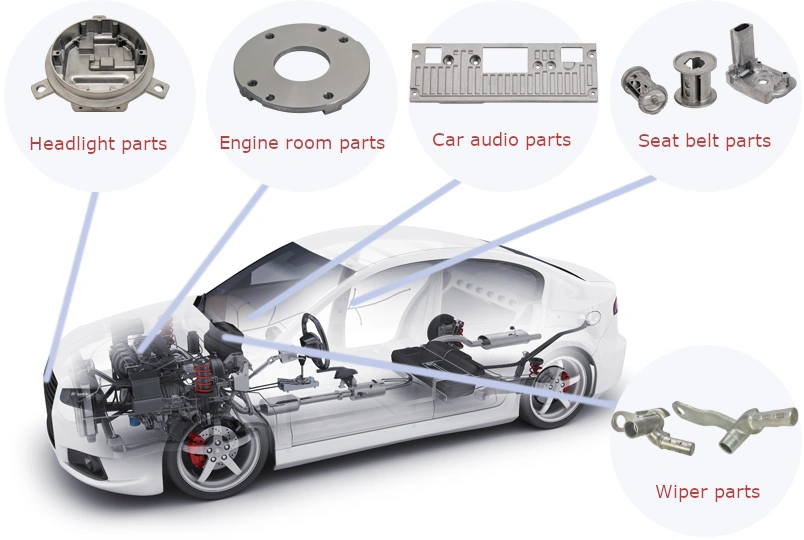
Applications of automotive die casting
The use of die-cast parts is widespread across the automotive industries, from engine blocks to mounts and brackets. The table below shows the key applications examples;
| Component | Material | Advantages |
| Engine Blocks | Aluminum Alloys | Lightweight, corrosion-resistant, excellent heat dissipation. |
| Transmission Housings | Magnesium or Aluminum | Fuel efficiency due to lower weight |
| Cylinder Heads | Aluminum Alloys | High thermal conductivity, lightweight, and durable. |
| Wheels | Magnesium or Aluminum | Enhanced vehicle control and aesthetic appeal. |
| Brackets and Mounts | Zinc or Aluminum Alloys | Accuracy and strength |
| Fuel System Components | Zinc or Aluminum Alloys | Complex designs |
| Heat Sinks for Lighting | Aluminum Alloys | Excellent conductivity is lightweight. |
| Steering System Housings | Magnesium Alloys | Lower weight and maintain durability. |
| Suspension Components | Aluminum Alloys | High strength with reduced unsprung mass. |
| Electronic Housings | Magnesium or Aluminum | Electromagnetic shielding, lightweight, and thermal control. |
Are You Looking for Automotive Die Casting Service?
If you are looking for die-casting parts for your automotive die casting manufacturing projects, ProleanTech can provide custom solutions according to your requirements. Our die-casting factory has advanced automated equipment and systems like Xiaomi casting. Meanwhile, you can also convert your die design with our in-house machining facility.
We have been providing die casting service for more than a decade and our team has experience collaborating with world-renowned automotive companies to supply their auto parts. Whether you need casting of a small batch or a full-scale run, we are committed to delivering speed and precision.
Try Prolean Now!
Summing Up
Among many, design flexibility, improved strength, and cost-benefit are the main reasons why auto companies prefer die-casting for several vehicle parts. Based on the melting point of alloys, cols or hot chamber casting can be applied to meet the desired specifications. Next, the use of automated casting machines and right casting variables ( pressure, temperature, etc.) is key to leveraging the full potential of this technology in the automotive sector.
FAQs
Which metals are used in automotive die casting?
Typically, aluminum, magnesium, zinc, and their alloys are the main materials used in automotive die casting products. However, copper, brass, and some steel are also applicable for some specific functionality.
How to make die-casting car parts?
The typical process of making die-cast car parts involves injecting molten metal into a precision mold(or die) under high pressure. It produces intricate, lightweight, and durable components like engine blocks, housings, and brackets.
Are die casting products durable?
Yes, die casting products are highly durable. They offer excellent strength, corrosion resistance, and precision. However, the exact lifespan depends on the material type and intended application.
What car parts are made with die casting?
Several car parts are made using automotive die casting technology, some of them are, battery housing, engine components, motor casing for EVs, etc.

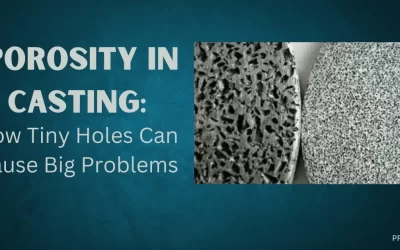
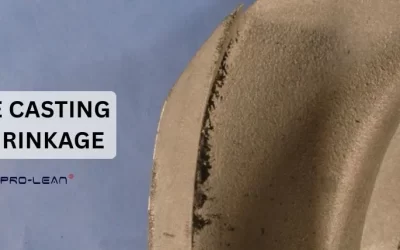
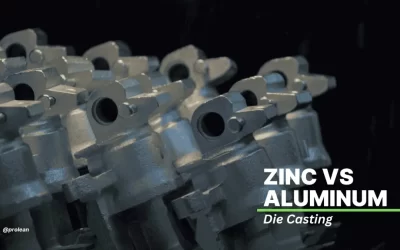
0 Comments